India has voted in a new government, while electoral manifestos have become an important part of national politics.
On May 26, the curtains fell on the “great Indian dance of democracy,” when Narendra Modi of the Bharatiya Janata Party (BJP) became the 15th prime minister of India. To kick-start the country’s economy and improve governance, Modi, as one his first prime ministerial decisions, detailed a ten-point plan. Modi’s opponents were quick on the offensive, claiming his statements were mere words. The BJP, in his defense, claimed the details had already been spelled out in the party’s election manifesto.
All of a sudden, election manifestos, which are often discarded in India, have found new relevance. However, the process of its resurrection began a little earlier.
The Aam Aadmi Party (AAP), a new entrant to the Indian electoral scene, can be credited with shaking the old establishment and, to some extent, shaping a new paradigm for Indian politics. The consequences of the AAP’s winds of change have been a mix of the good, the bad and the ugly. The party has certainly breathed new life and excitement into the ritualistic release of a political party’s election manifesto.
Manifestos lack legal basis and are primarily a declaration of a political party’s agenda. In India, parties have paid little heed to their manifestos. Voters did not have the means to hold parties accountable to their promises, leading to a decline in the document’s relevance. Some political scientists view the irrelevance of manifestos as the biggest drawback of Indian democracy. This disregard for them goes back to the nation’s first general elections in 1951-52. Harish Ramaswamy of Karnatak University argues that election manifestos never carried any special relevance in India.
In India, political parties frequently offer populist schemes such as subsidies and free commodities in their election manifestos. The Supreme Court has ordered the Election Commission to frame appropriate guidelines to curb the misuse of manifestos.
Manifesto Potpourri
In recent years, manifestos have degenerated. Some attribute this phenomenon to the rise of coalition politics. National parties have declined and regional ones have become more powerful. Furthermore, some parties have supported governments in parliament but not taken up any executive position. This leads to a search for consensus, making individual party manifestos increasingly redundant. Coalition governments embark on what they call “common minimum programs,” which bear little resemblance to any party manifesto.
The AAP Effect
The AAP made its electoral foray in November 2013 when it contested the Delhi state elections. It wanted to make a good first impression and show voters that it had “different” ideas. Therefore, the party put great emphasis on its manifesto. In fact, the AAP drafted different manifestos for the various constituencies.
In India, political parties frequently offer populist schemes such as subsidies and free commodities in their election manifestos.
With its members coming from diverse non-political backgrounds and who were not steeped in the party’s political culture, the AAP wanted to spell out its ideology and policies. Therefore, the manifesto assumed an identity-forming exercise for the AAP. When its policies and promise came under scrutiny, the party backtracked on its manifesto repeatedly. However, by focusing on its manifesto, the AAP established its importance in Indian politics. In the recent general elections, the manifesto became a tool of one-upmanship between various political parties.
Two interesting outcomes emerged from the AAP’s focus on the election manifesto. First, the Congress party backed the AAP on the basis of an 18-point program that was derived from its manifesto in the Delhi state elections. Second, as the AAP did not have a majority for it to push through legislation on its own, the party needed support from Congress. This showed the limitations of the document as a campaigning tool and its new strength as a policy roadmap for the party that assumes power.
New Phenomenon: Crowdsourcing
The AAP began asking voters for ideas to demonstrate that it was in sync with grassroots aspirations. In the recent elections, Congress also claimed that its manifesto had been produced by consultations with people at the grassroots. The former ruling party asserts that its detailed manifesto is the longest to date. India’s now-ruling party, the BJP, claimed it received input from over 100,000 people.
Introspection, Controversy and Apathy
Despite losing by a landslide, Congress was the most creative with its election manifesto. It sought to reverse the negative perception of the party by promising to make amends in areas where past policies failed, and instead highlighting those initiatives that yielded positive results. The Congress manifesto urged caution over drafting new laws similar to its amendment on tax legislation that was highly controversial. While the party lost at the polls, this was a sign of Congress’ willingness to learn from its mistakes.
The revitalization of manifestos saw parties take a clearer stand on issues that are normally obfuscated by political doublespeak. Congress finally decided to bite the bullet on the subject of affirmative action in private enterprises. So far, affirmative action is applicable only to government organizations. After dithering on the issue for years, Congress decided to extend the initiative to improve its prospects for re-election — clearly it failed.
The AAP, meanwhile, suffered embarrassment thanks to its manifesto. It publicly announced that it supported equal rights for lesbians, gays, bisexuals and transgender individuals (LGBT) and would repeal Section 377 of the Indian Penal Code, which criminalizes unnatural sex such as homosexuality. When it did not include gender minority issues in its manifesto, Onir, a noted filmmaker and gay rights activist, withdrew his support for the party. Clearly, some Indian voters took manifestos seriously.
It is clear that manifestos have become more important in India, however, different parties treat them with varying degrees of importance. The media has a new topic to focus on, while political parties continue to attack their rivals’ agenda. Indian voters, having elected a new government, are waiting to see if this focus on manifestos changes anything in the country’s political arena.
The views expressed in this article are the author’s own and do not necessarily reflect Fair Observer’s editorial policy.
Support Fair Observer
We rely on your support for our independence, diversity and quality.
For more than 10 years, Fair Observer has been free, fair and independent. No billionaire owns us, no advertisers control us. We are a reader-supported nonprofit. Unlike many other publications, we keep our content free for readers regardless of where they live or whether they can afford to pay. We have no paywalls and no ads.
In the post-truth era of fake news, echo chambers and filter bubbles, we publish a plurality of perspectives from around the world. Anyone can publish with us, but everyone goes through a rigorous editorial process. So, you get fact-checked, well-reasoned content instead of noise.
We publish 2,500+ voices from 90+ countries. We also conduct education and training programs
on subjects ranging from digital media and journalism to writing and critical thinking. This
doesn’t come cheap. Servers, editors, trainers and web developers cost
money.
Please consider supporting us on a regular basis as a recurring donor or a
sustaining member.
Will you support FO’s journalism?
We rely on your support for our independence, diversity and quality.


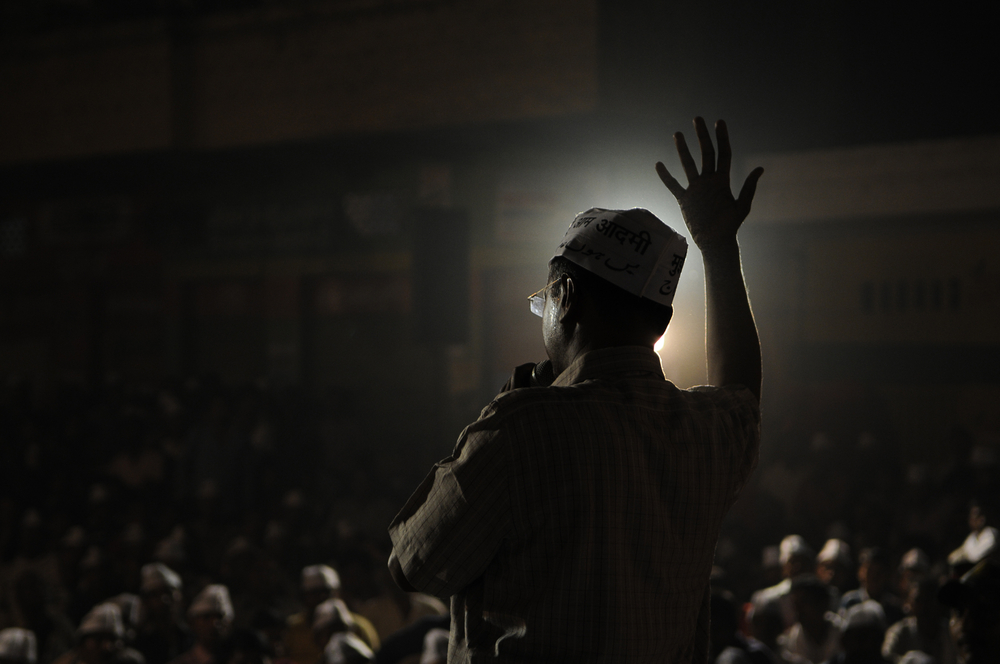

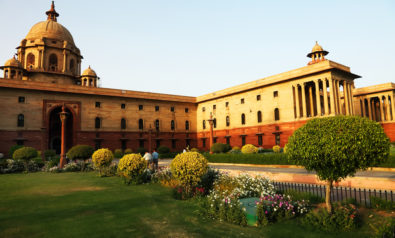
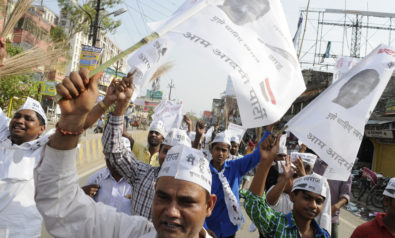
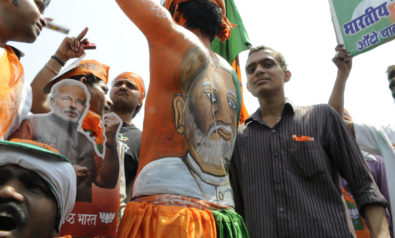
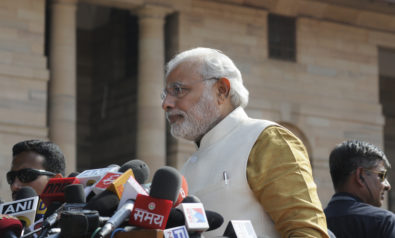
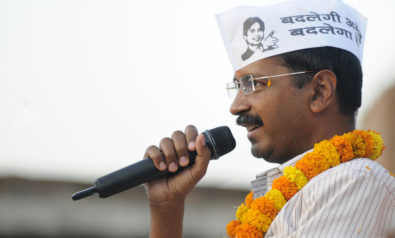
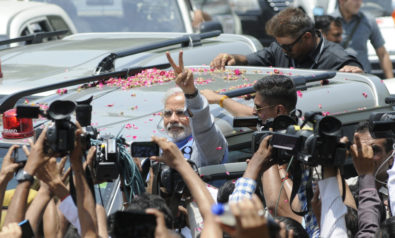
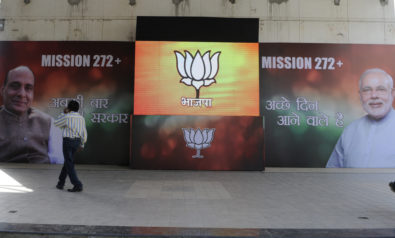
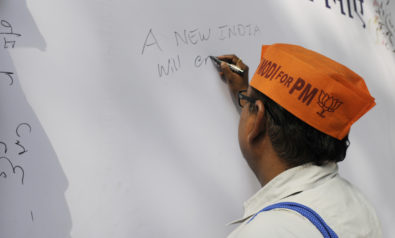
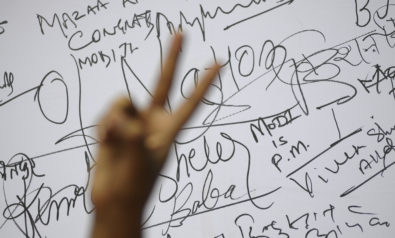



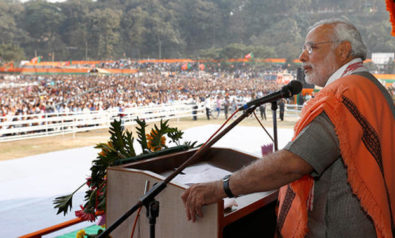
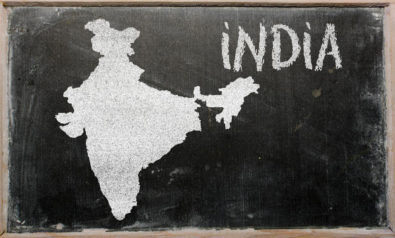
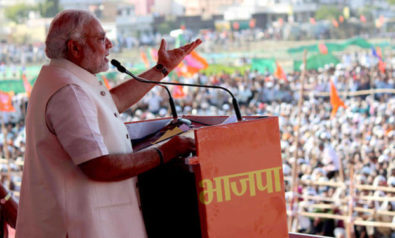

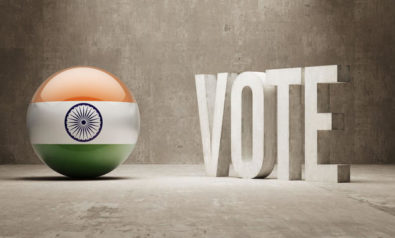

Comment